Table of Contents
Everyone has caught up in the rage of bitcoins. How is it done? What exactly is it? The bitcoins are a part of a bigger concept called blockchains. In 2025, blockchain technology is transforming industries across India, from finance and healthcare to logistics and government services. Its promise of secure, transparent, and decentralized digital systems is driving rapid adoption by both enterprises and the public sector.
As this technology matures, understanding its core concepts—blockchain architecture, blockchain mining, blockchain transaction processes, and real-world blockchain applications—has become essential for anyone interested in the future of secure digital innovation in India.
What Is Blockchain Technology?
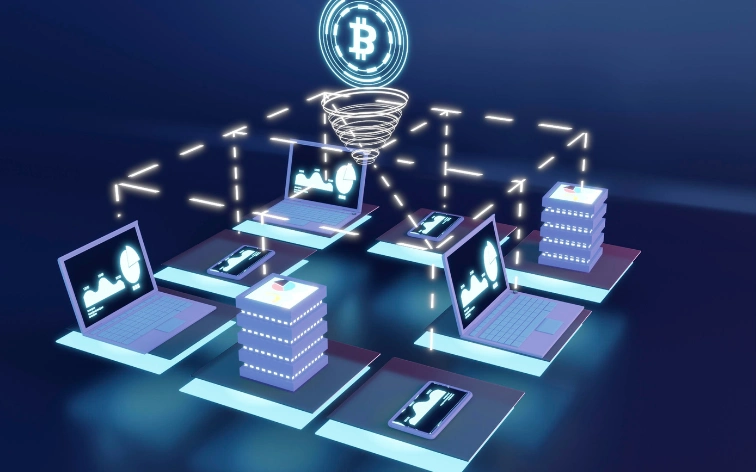
Blockchain technology is defined as a decentralized digital structure that records transactions in a secure, immutable, and transparent manner. Unlike traditional databases managed by a central authority, blockchain ledgers distributes data across a network of computers, making it tamper-resistant and highly secure. Each transaction is grouped into a block, cryptographically linked to the previous block, and validated by network participants.
Once recorded, data on the blockchain cannot be altered or deleted, ensuring a permanent and auditable record. In India, nearly 56% of businesses have adopted blockchain to enhance security, efficiency, and transparency in their operations, while government initiatives are integrating blockchains into e-governance and public services.
How to Make a Blockchain Transaction
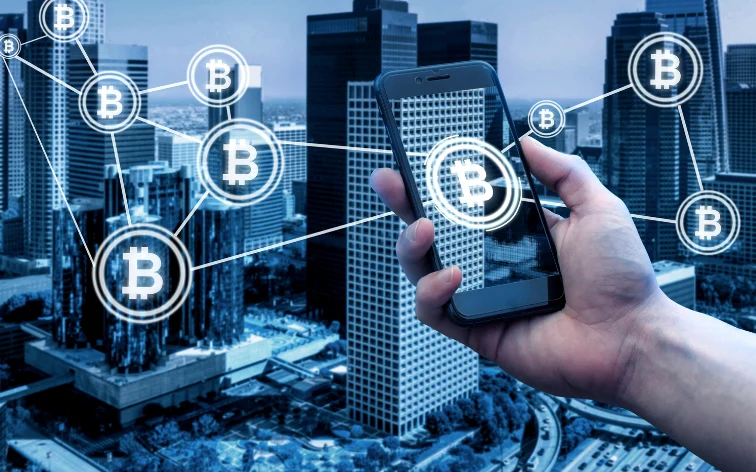
A blockchain transaction involves transferring digital assets or information from one party to another using blockchains. Here’s a step-by-step overview of how a typical blockchain transaction works:
- Initiation: The sender creates a blockchain transaction using a digital wallet, specifying the recipient’s public address and the amount of data to transfer.
- Signing: The sender digitally signs the blockchain transaction with their private key, proving ownership and authorizing the transfer.
- Broadcasting: The signed blockchain transaction is broadcast to the blockchain network, where nodes (computers) receive and queue it for validation.
- Validation: Validators or miners verify the blockchain transaction’s authenticity, ensuring the sender has sufficient balance and the transaction meets protocol rules.
- Inclusion in a Block: Validated transactions are grouped into a new block, which is added to the blockchain after consensus is reached.
- Finalization: Once the block is confirmed, the blockchain transaction is permanently recorded on the blockchain ledger, visible to all network participants and immutable.
This process, powered by blockchains, ensures every blockchain transaction is secure, transparent, and resistant to fraud.
What Are the Layers of the Blockchain Architecture?
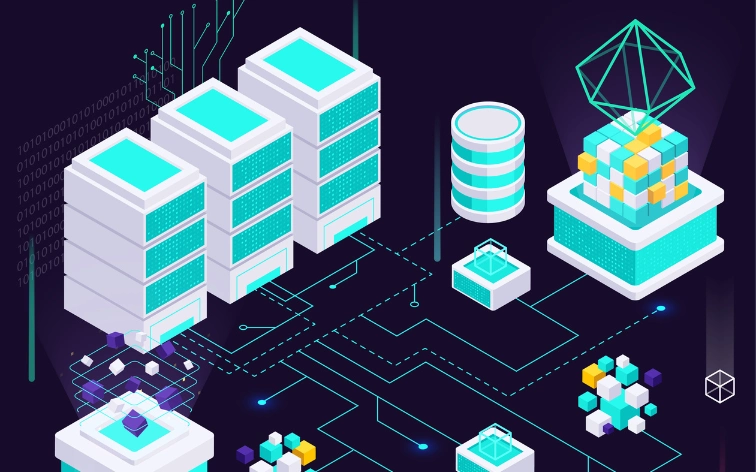
Blockchain architecture is built on multiple layers, each serving a distinct function to ensure security, scalability, and usability:
- Network Layer: This foundational layer connects all nodes in the blockchain network, enabling peer-to-peer communication and data transfer. It manages how nodes discover each other and propagate transactions and blocks.
- Consensus Layer: The consensus layer is responsible for validating transactions and agreeing on the state of the blockchain. It employs mechanisms like Proof of Work (PoW) or Proof of Stake (PoS) to ensure all participants agree on the contents of the blockchain, preventing fraud and double-spending.
- Data Layer: This layer contains the actual blockchain ledger, where all validated transactions are stored in blocks. Each block is cryptographically linked to the previous one, creating an immutable chain of records.
- Application Layer: The application layer hosts decentralized applications (dApps) and smart contracts that interact with the underlying blockchain. This is where blockchains delivers real-world functionality, from financial services to supply chain tracking.
Understanding blockchain architecture is crucial for designing scalable and secure blockchain applications.
Understanding the Blockchain Ledger
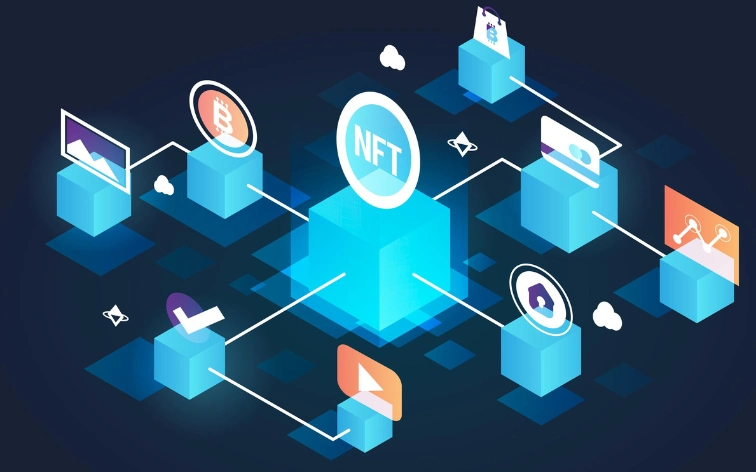
The blockchain ledger is a distributed, digital record of all transactions that have occurred on a blockchain network. Unlike traditional ledgers maintained by a single entity, the blockchain ledger is shared across all network participants, ensuring transparency and security.
Distributed Ledger: Every participant (node) in the network maintains a copy of the blockchain ledger, making it nearly impossible for a single party to manipulate or corrupt the data.
Types of Ledgers: Blockchains can be public (open to anyone), private (restricted access), or consortium-based (controlled by a group of organizations), depending on the use case and governance model.
Benefits: The blockchain ledger provides real-time visibility into all transactions, enhances trust through transparency, and ensures data integrity by making records immutable. In India, blockchain ledgers are being used to secure government records, manage digital identities, and streamline supply chains.
What Is the Mining Algorithm in Blockchain?
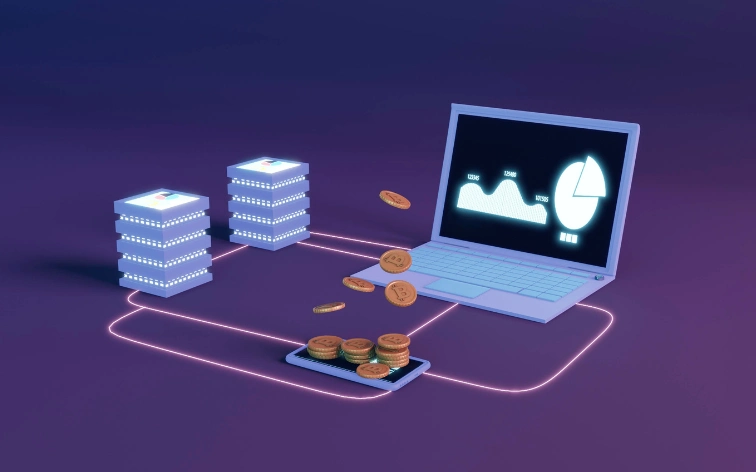
Blockchain mining is the process by which transactions are validated and new blocks are added to the blockchain. The mining algorithm ensures the network’s security and consensus. Some of the mining algorithms are:
- Proof of Work (PoW): In PoW, miners compete to solve complex mathematical puzzles. The first to solve the puzzle validates the block and earns a reward. This method, used by Bitcoin, is energy-intensive but highly secure.
- Proof of Stake (PoS): PoS selects validators based on the amount of cryptocurrency they “stake” as collateral. Validators are rewarded for confirming transactions, making PoS more energy-efficient than PoW.
- Block Validation: Miners or validators check each blockchain transaction for authenticity, preventing double-spending and ensuring only valid transactions are recorded.
- Decentralization and Security: The decentralized nature of blockchain mining means that no single entity controls the network, making it resistant to tampering and censorship.
Blockchain mining technologies are gaining attention for their role in securing digital assets and supporting decentralized finance (DeFi) platforms.
Real-World Blockchain Applications in 2025
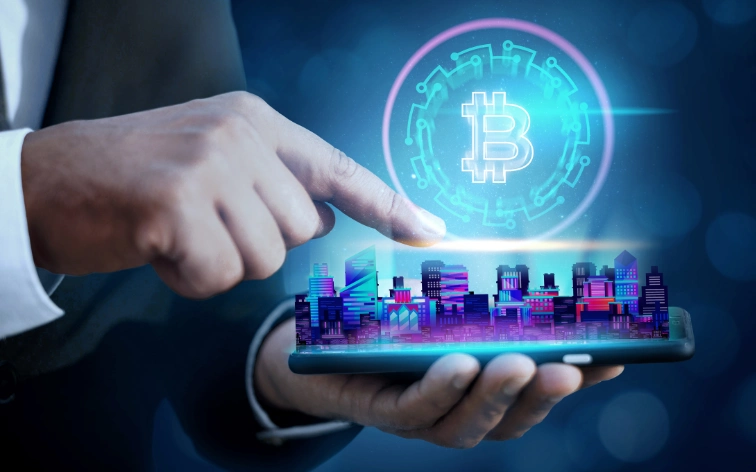
Blockchain applications are revolutionizing industries across India, delivering transparency, efficiency, and security.
- Finance: Blockchains powers secure digital payments, cross-border remittances, and decentralized finance (DeFi) platforms, reducing costs and increasing transaction speed.
- Healthcare: Hospitals and clinics use blockchain applications to securely store and share patient records, ensuring privacy and improving care coordination.
- Logistics: Supply chain companies leverage blockchain technologies to track goods in real-time, prevent counterfeiting, and ensure product authenticity from origin to destination.
- Governance: Indian government agencies are piloting blockchain applications for land records, digital identity management, and transparent public procurement, enhancing trust and accountability.
These blockchain applications are driving digital transformation in India, making processes more secure, efficient, and transparent.
Conclusion
Blockchain technology is reshaping India’s digital ecosystem, offering unmatched security, transparency, and efficiency across sectors. As blockchain architecture evolves and blockchain applications expand, the role of blockchain mining and secure blockchain transaction processes will only grow.
Embracing blockchain technology today means being prepared for a future where decentralized systems power everything from finance to governance, making India a leader in digital innovation.
FAQs (Frequently Asked Questions )
What is blockchain technology and why is it so important for trust?
Blockchain technology is a secure digital system that records information across many computers, making it very hard to change and highly transparent.
How does a blockchain transaction happen securely?
A blockchain transaction is created, signed, checked by the network, and then permanently added to the digital chain.
What are the main parts of blockchain architecture?
Blockchain architecture includes layers for connecting computers, agreeing on information, storing data, and running useful blockchain applications.
What is blockchain mining and how does it keep the system safe?
Blockchain mining is the process of solving puzzles to validate blockchain transactions and add new blocks, which secures the whole network.
What are some real-world examples of blockchain applications?
Blockchain applications are used in finance for payments, healthcare for records, and logistics for tracking goods, making things more efficient and secure and are used in crypto currencies like bitcoins and Dogecoin.
How is blockchain technology making a difference in India?
Blockchain technology is boosting security and transparency in India, with its blockchain applications improving services from banking to government.




